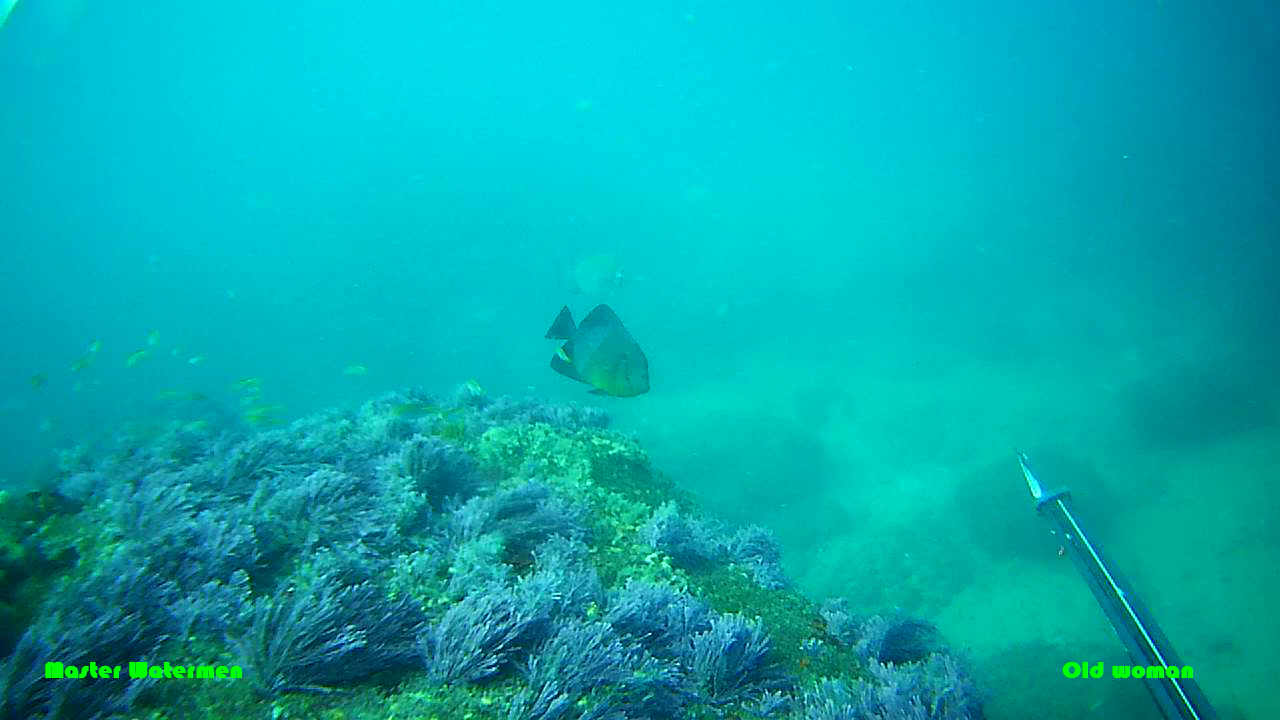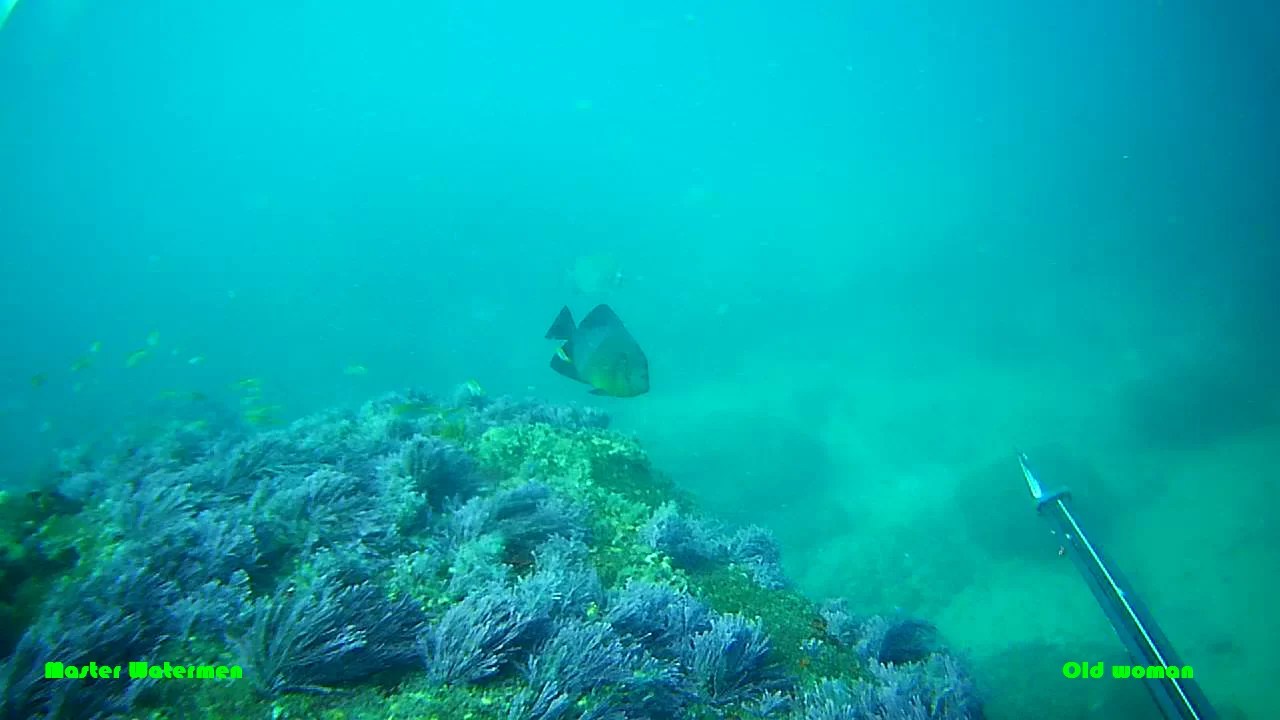
Hot spot Identification KZN South Africa
“Righto, deep in KZN South Africa, Jason Heyne getting very technical in this bumper giveaway of hard-earned secrets. Lucky most won’t recognise all the different species that feature in this thesis. I certainly don’t!” – Xona
In this KZN spearfishing tutorial we look at how to ID a good mark (Hot Spot) and what to do to
get maximum size fish off the mark.
Why is it essential to hunt and look for Hot Spot marks whilst spearfishing? Why are game fish
and larger size demersal fish (bottom\reef fish)more prevalent around these Hot Spot marks?
It’s the old needle in a haystack idiom…there is an extremely large amount of Ocean to search to
find your trophy fish and Hot Spots act as magnets for the needle (trophy fish) because they
have holding fish loaded on them which in turn attracts game fish looking for food and larger
demersal’s looking for cover and company for early threat detection. No holding fish equals zero
or minimal chance of a game fish or trophy size demersal’s so please try to avoid shooting the
holding fish off of a Hot Spot mark as they are resident fish and normally breed and grow slowly!
The 5 holding fish to look for are:
- Old women angelfish (Pomacanthus rhomboids) Brown angelfish with a vertical bar
towards the tail area, the juveniles have blue vertical bars which fade at maturity. These
angelfish will hold tight to the mark in bad visibility and be more spread out around the
mark in good visibility. - Yellowfin surgeonfish (Acanthurus xanthopterus) Purple-grey in colour with a yellow
patch behind the eye and yellow pectoral fins and feeds off waste and scraps from the
other holding fish so they will be present if other holding fish are there in numbers. - Cave bass (Dinoperca petersi) Blackish brown with white specs which fade as they get
bigger and look similar to freshwater bass in shape. They are present almost always if
there is a cave on the mark and 2kg plus Cave bass generally indicate a mark that does
not get a lot of spearfishing pressure. - Dusky rubberlips (Plectorhinchus chubbi) Oblong fish with pale brown-grey bodies
which are darker on top and they have fat white lips hence the rubberlips in the name. If
there is a big shoal of these fish in the 2kg plus range on the mark it is definitely a Hot
Spot and receives minimal pressure from spearfishing. - Natal fingerfin (Chirodactylus jessicalenorum) Oblong pink fish with fat lips and a
forked tail. If there are a number of these fish around over 1.5kg it is a definite Hot Spot
and has received minimal pressure from spearfishing.
If the above fish are present in numbers it is worth while working the mark for a number of downs
(dives to the bottom) to look for larger demersal fish and game fish before targeting any pan size
fish. Try lying still on different spots on the bottom around the mark and you will see larger fish
returning to the mark after your first down. Lie still for long enough and they will get curious and
swim in closer to you as they get used to your presence on the mark.
These are the fish you need to recognise…(one missing)




As always Dive Safe and Straight Spears from the Bear…
“Yowser Jason fantastic work”! – Xona
SEO by The Sardine News for the Master Watermen. Site and hosting by TLC for your Business.





